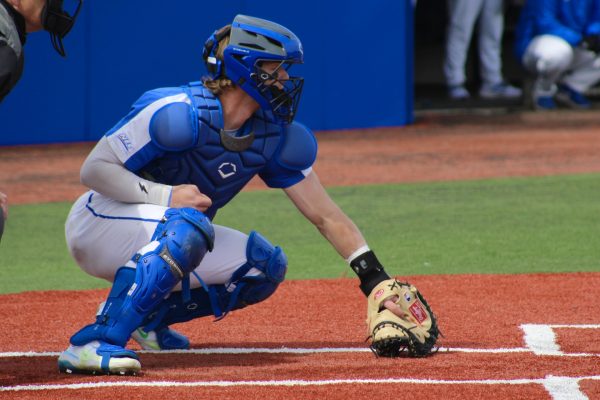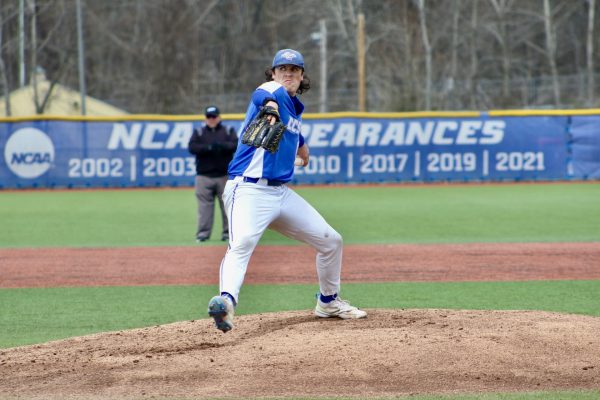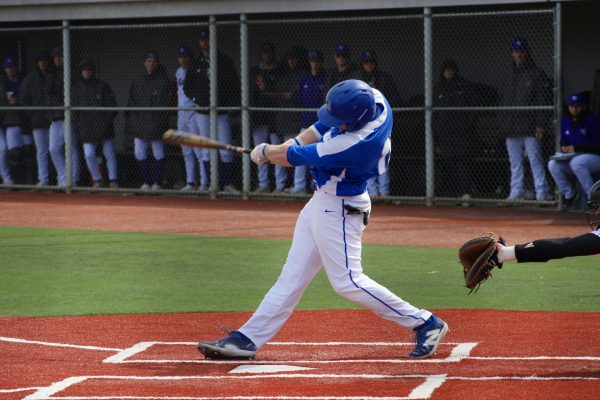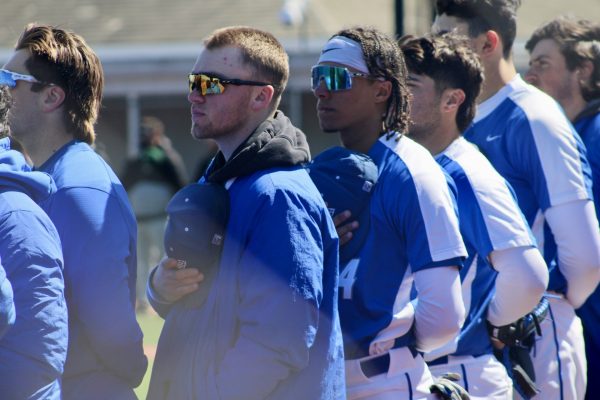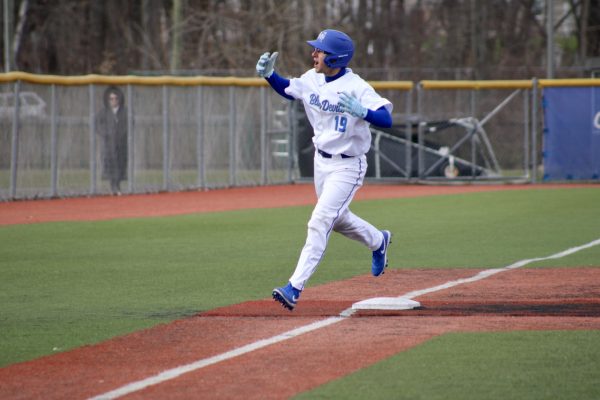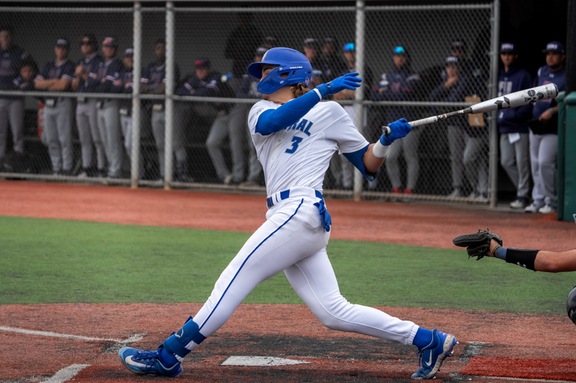MLB Lockout Finally Ends as Owners and MLBPA Reach Agreement
March 23, 2022
After 99 days of the owner-initiated lockout, Major League Baseball is back! The team owners and MLB Players Association have finally agreed on the new collective bargaining agreement.
The lockout began on Dec. 2 when the previous CBA had expired with no new deal agreed upon—making it the first work stoppage since the MLB players went on strike during the 1994 season and just the ninth stoppage in MLB’s nearly 150-year history.
Before the two sides could agree on Thursday, March 10, MLB Commissioner Rob Manfred had announced that the first four series of the season would be canceled. Despite the commissioner’s announcement, both sides remained optimistic and continued to negotiate, and a deal was struck quick enough for a full 162-game season to commence.
“I am genuinely thrilled to be able to say that Major League Baseball is back and was going to play 162 games,” Manfred enthusiastically said during a news conference.
With spring training and a constant flurry of free-agent activity already underway, the league gets ready for an opening day on April 7.
The new CBA covers important fiscal matters such as minimum salaries and the threshold for the competitive balance tax. The new competitive balance tax threshold will start at $230 million in 2023 and will increase every year of the new CBA to $244 million in the final year. The new CBA raises the penalty tax tier from $40 million to $60 million above the competitive balance tax threshold. That means that owners won’t be penalized or taxed until they reach a team salary of $60 million over the competitive balance threshold. The minimum player salary will be upped to $700,000 in 2022, a significant bump from the minimum salary of $570,500 in the previous CBA.
The new agreement also covers other non-money-related issues that will affect the on-field product and how franchisees will approach the draft.
Starting in 2023, the league will no longer have a rotating interleague play format. Instead of playing non-rival teams from the other league every three seasons, teams will now see every MLB team for at least one series.
The New CBA also abolished the extra game tiebreakers. Tiebreaker games have produced some memorable moments in the past, but the decision was made to ensure that the new three-game wildcard series playoff format can fit into the MLB postseason schedule.
Another change in the new CBA is that the MLB will adopt a new draft order. To address the issue of teams tanking to obtain a higher draft pick. The 18 teams that do not make the postseason will be entered into a lottery to decide who picks where. Additionally, the draft position of playoff teams will now be determined by where they finish the postseason rather than their final regular-season record.
Also, regarding the draft process, the new CBA calls for a return of the draft, follows, and evaluates the process that allows teams to draft a junior college player one year early. This rule was abandoned in 2007 but has made a return in the new CBA.







